

Looking for a reliable anchor manufacturer? This guide covers everything you need to know about finding the right supplier, understanding different types of anchors, and key considerations for choosing the best option for your needs. We explore materials, manufacturing processes, and essential quality certifications, ensuring you make an informed decision when you buy anchor manufacturer services or products.Understanding Anchor Types and Their ApplicationsChoosing the right anchor is crucial for safety and performance. Different anchor types are designed for specific bottom conditions and vessel sizes. Here's an overview of common anchor types:Plow AnchorsPlow anchors, such as the CQR and Delta anchors, are known for their excellent holding power in various bottom types, including mud, sand, and gravel. Their self-righting design ensures they dig in quickly and reliably. A leading manufacturer, like those supplying through Hebei Muyi Import&Export Trading Co.,Ltd, will often offer these in different sizes and materials to suit various boat sizes.Fluke AnchorsFluke anchors, like the Danforth anchor, are lightweight and easy to store. They excel in mud and sand but may struggle in rocky or weedy bottoms. Their large fluke area provides excellent holding power relative to their weight.Grapnel AnchorsGrapnel anchors are typically used for temporary anchoring or fishing. Their multiple tines can hook onto rocks or submerged objects, but they lack the holding power of other anchor types. They're not ideal as primary anchors.Mushroom AnchorsMushroom anchors are designed for permanent moorings in soft mud or sand. Their large, concave shape creates suction, providing reliable holding power over time.Key Considerations When Choosing an Anchor ManufacturerSelecting the right anchor manufacturer is essential for ensuring the quality and reliability of your anchors. Consider these factors:Material QualityAnchors are typically made from steel, stainless steel, or aluminum. Steel anchors are strong and durable but prone to corrosion. Stainless steel anchors offer excellent corrosion resistance but are more expensive. Aluminum anchors are lightweight but less strong than steel. Check for material certifications like ASTM A36 or AISI 316 to ensure quality.Manufacturing ProcessesAnchors are manufactured using various processes, including casting, forging, and welding. Forged anchors are generally stronger and more durable than cast anchors. Welded anchors should have high-quality welds to prevent failure. Look for manufacturers who use modern manufacturing techniques and quality control processes.Certifications and StandardsEnsure the anchor manufacturer complies with relevant industry standards and certifications, such as ISO 9001 for quality management systems and Lloyd's Register for anchor approval. These certifications demonstrate the manufacturer's commitment to quality and safety.Holding Power and PerformanceHolding power is a critical factor to consider when choosing an anchor. The anchor's holding power should be sufficient for the size and type of your vessel, as well as the expected weather conditions. Look for manufacturers who provide data on the holding power of their anchors.Finding a Reliable Anchor ManufacturerIdentifying a reputable anchor manufacturer requires careful research and due diligence. Here are some tips:Online ResearchUse online search engines to find anchor manufacturers. Look for companies with established websites, detailed product information, and customer reviews. Check industry directories and online marketplaces for potential suppliers.Trade Shows and Industry EventsAttend trade shows and industry events to meet anchor manufacturers in person. This allows you to see their products firsthand and discuss your specific requirements. For example, connecting with a representative of Hebei Muyi Import&Export Trading Co.,Ltd at such events could provide valuable insights.Requesting Quotes and SamplesContact several anchor manufacturers and request quotes and samples. Compare their prices, lead times, and product quality. Request technical specifications and test reports to verify the anchor's performance.Checking References and ReviewsAsk the anchor manufacturer for references from previous customers. Contact these references to inquire about their experience with the manufacturer's products and services. Check online review sites for customer feedback.The Anchor Manufacturing ProcessUnderstanding the anchor manufacturing process provides insights into the quality and durability of the final product. The process typically involves these steps:Design and EngineeringThe anchor's design is based on its intended use, bottom conditions, and vessel size. Engineers use computer-aided design (CAD) software to create detailed drawings and specifications.Material SelectionThe appropriate material is selected based on the anchor's strength, corrosion resistance, and weight requirements. Steel, stainless steel, or aluminum are commonly used.ManufacturingThe anchor is manufactured using casting, forging, or welding. Casting involves pouring molten metal into a mold. Forging involves shaping metal using high pressure. Welding involves joining metal parts using heat and pressure.FinishingThe anchor is finished to remove imperfections, improve its appearance, and protect it from corrosion. Finishing processes may include grinding, polishing, painting, or galvanizing.Quality ControlThe anchor is inspected and tested to ensure it meets the required specifications and standards. Quality control tests may include visual inspections, dimensional measurements, and load testing.Factors Affecting Anchor Holding PowerSeveral factors influence an anchor's holding power:Anchor Size and WeightLarger and heavier anchors generally have greater holding power. The anchor's size should be appropriate for the vessel's size and weight.Bottom ConditionsThe type of bottom affects the anchor's holding power. Anchors typically hold best in mud, sand, or gravel. They may struggle in rocky or weedy bottoms.ScopeScope refers to the ratio of anchor rode (chain or rope) to water depth. A longer scope provides a lower angle of pull on the anchor, which improves its holding power. A scope of 5:1 or 7:1 is generally recommended.Weather ConditionsWind and waves can significantly increase the load on an anchor. Choose an anchor with sufficient holding power for the expected weather conditions.Anchor Maintenance and InspectionRegular maintenance and inspection are essential for ensuring the continued performance and safety of your anchor.CleaningClean the anchor regularly to remove mud, sand, and other debris. Use a brush and water to scrub the anchor thoroughly. Consider using a rust inhibitor, especially on steel anchors. As Hebei Muyi Import&Export Trading Co.,Ltd emphasizes, preventative maintenance is key to longevity.InspectionInspect the anchor regularly for signs of wear and tear, such as corrosion, cracks, or deformation. Pay close attention to the welds and shackle connections.RepairRepair any damage to the anchor promptly. Small repairs, such as removing rust or tightening loose connections, can be done yourself. More extensive repairs should be performed by a qualified professional.StorageStore the anchor in a dry, well-ventilated location when not in use. This will help prevent corrosion and extend the anchor's lifespan.Anchor Chain and Rode ConsiderationsThe anchor chain or rode is an essential part of the anchoring system. Consider these factors when choosing a chain or rode:Chain Size and GradeThe chain size should be appropriate for the size and weight of the vessel. Use a high-grade chain, such as Grade 43 or Grade 70, for added strength and durability.Rope Type and DiameterIf using rope as a rode, choose a high-quality marine-grade rope, such as nylon or polyester. The rope diameter should be appropriate for the vessel's size and the expected load on the anchor.Chain-to-Rope SpliceIf using a combination of chain and rope, ensure the splice is properly made and strong enough to withstand the load on the anchor.Common Mistakes to Avoid When Buying AnchorsAvoiding these common mistakes can save you time, money, and potential safety issues.Choosing the Wrong Anchor TypeSelecting an anchor that is not suitable for the typical bottom conditions in your area is a common mistake. Research different anchor types and choose one that is appropriate for your needs.Underestimating Anchor SizeUsing an anchor that is too small for your vessel can compromise your safety. Consult an anchor manufacturer or marine professional to determine the appropriate anchor size for your boat.Neglecting ScopeFailing to use sufficient scope can reduce the anchor's holding power. Always use a scope of at least 5:1 or 7:1.Ignoring MaintenanceNeglecting to maintain your anchor can lead to corrosion, damage, and reduced performance. Regularly clean, inspect, and repair your anchor.Anchor Manufacturer: Hebei Muyi Import&Export Trading Co.,Ltd - A Trusted PartnerHebei Muyi Import&Export Trading Co.,Ltd is a leading anchor manufacturer dedicated to providing high-quality anchors and related products. With years of experience in the industry, they offer a wide range of anchors to meet the diverse needs of their customers. Their commitment to quality, innovation, and customer satisfaction makes them a trusted partner for all your anchoring needs. Explore their offerings and find the perfect anchor for your next voyage.Data Source: ISO Standard Information, ASTM Material Standards


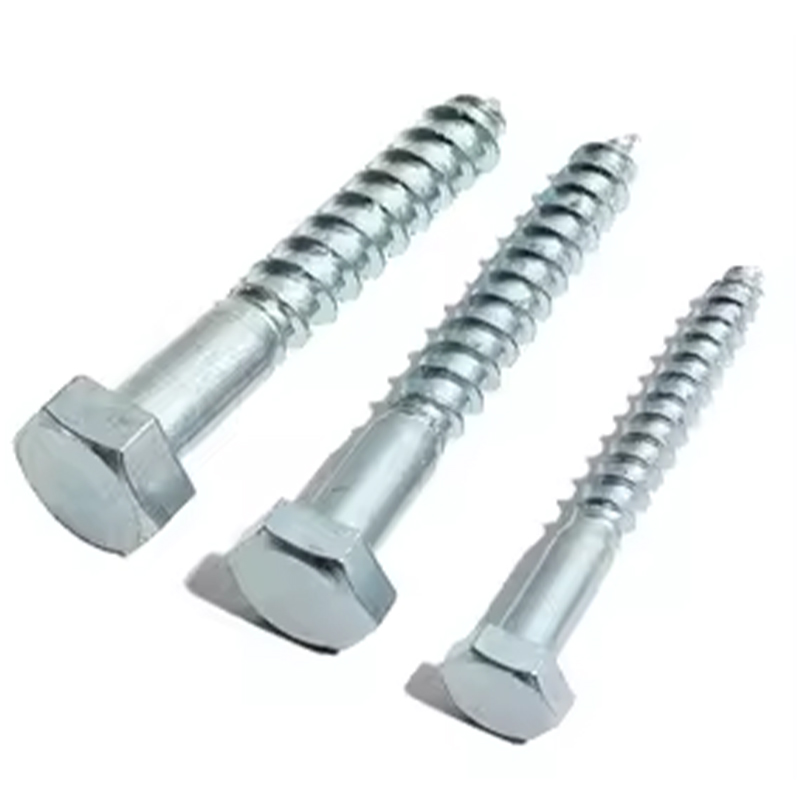

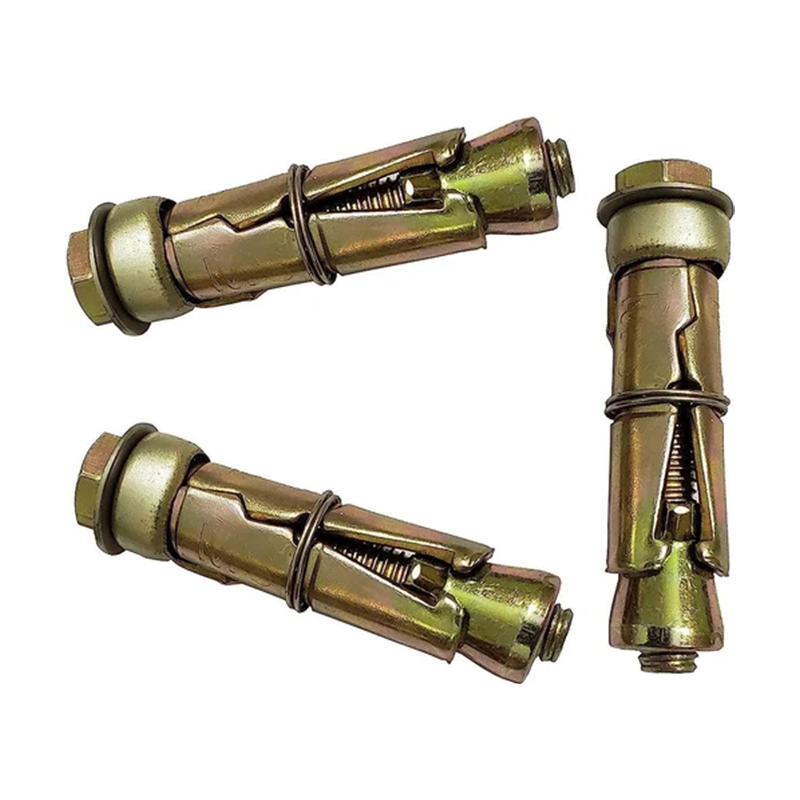
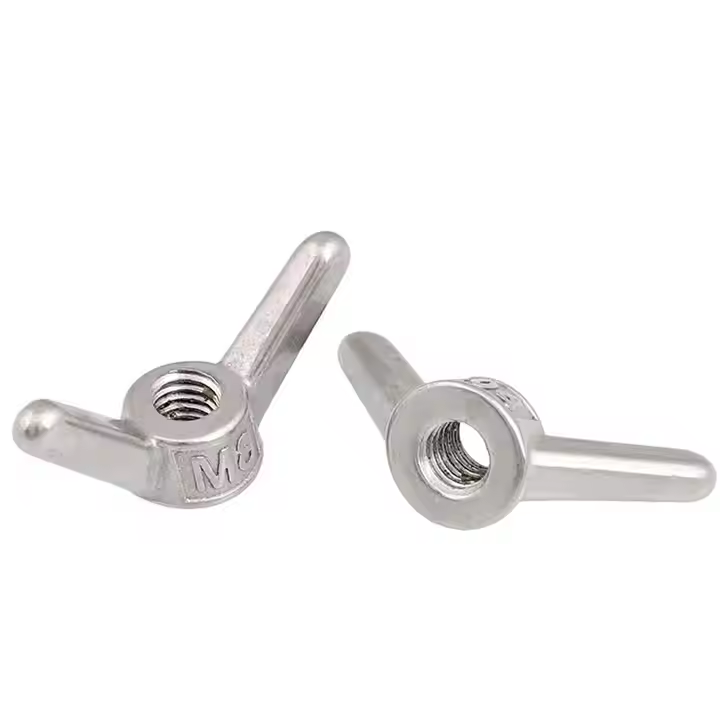

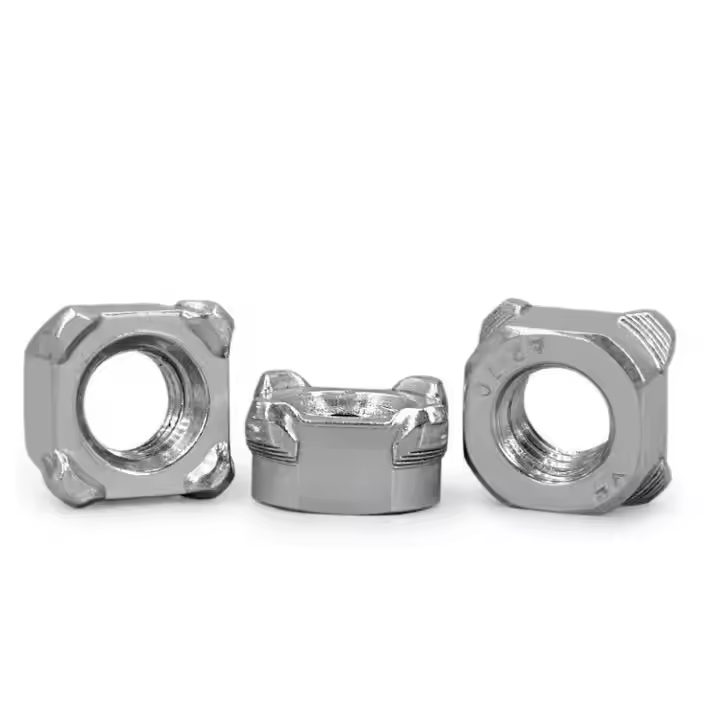
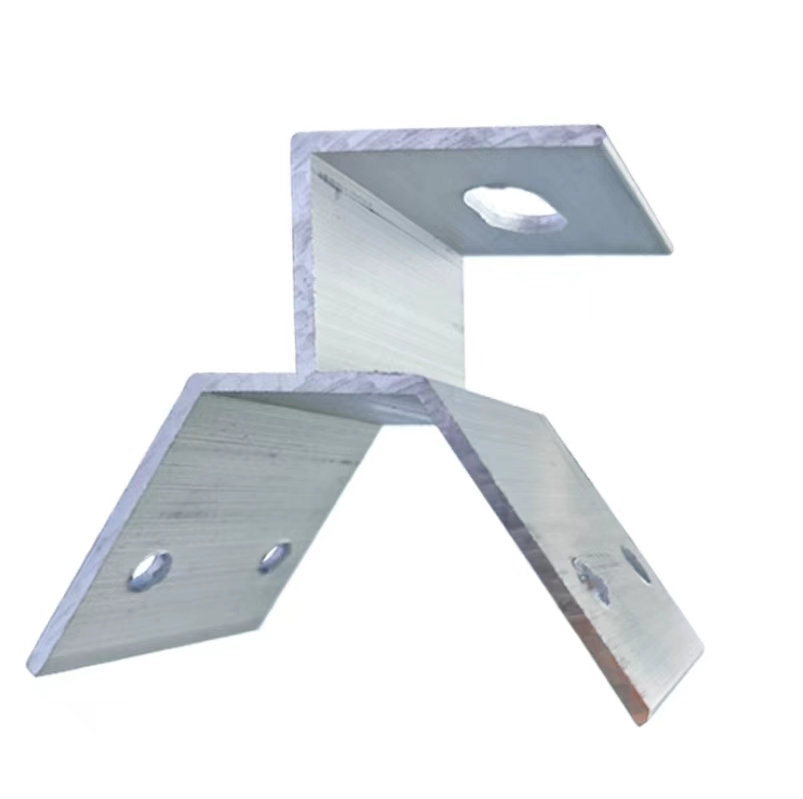
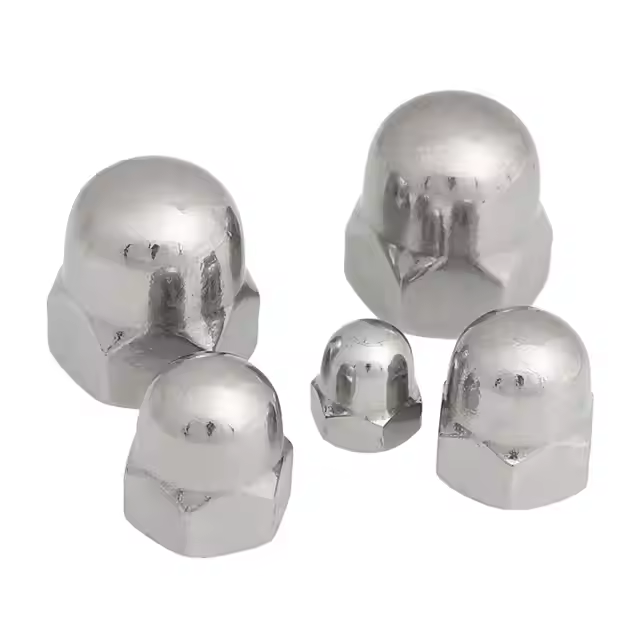
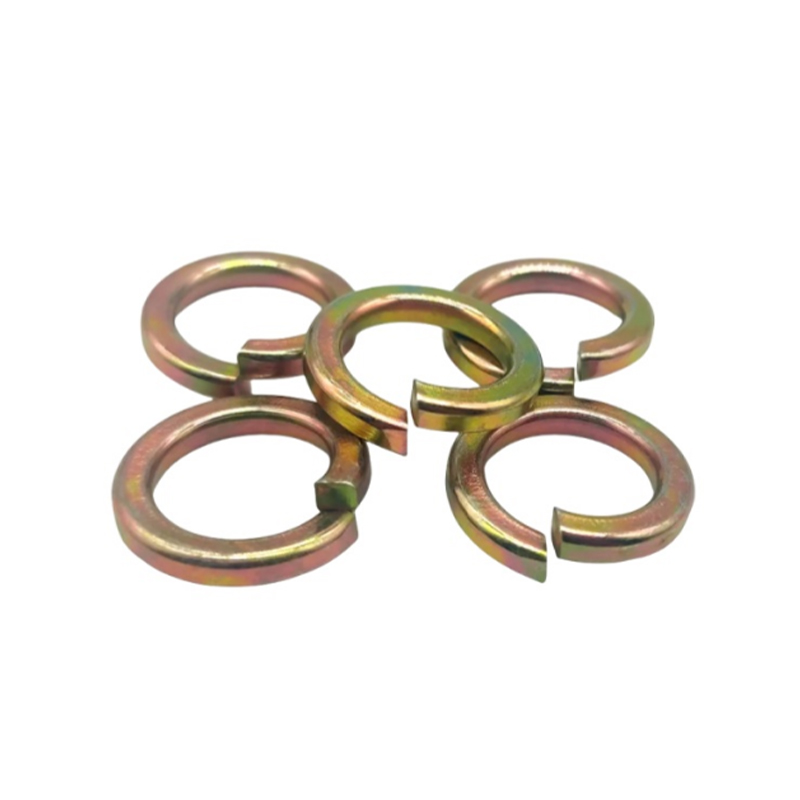


Please enter your email address and we will reply to your email.